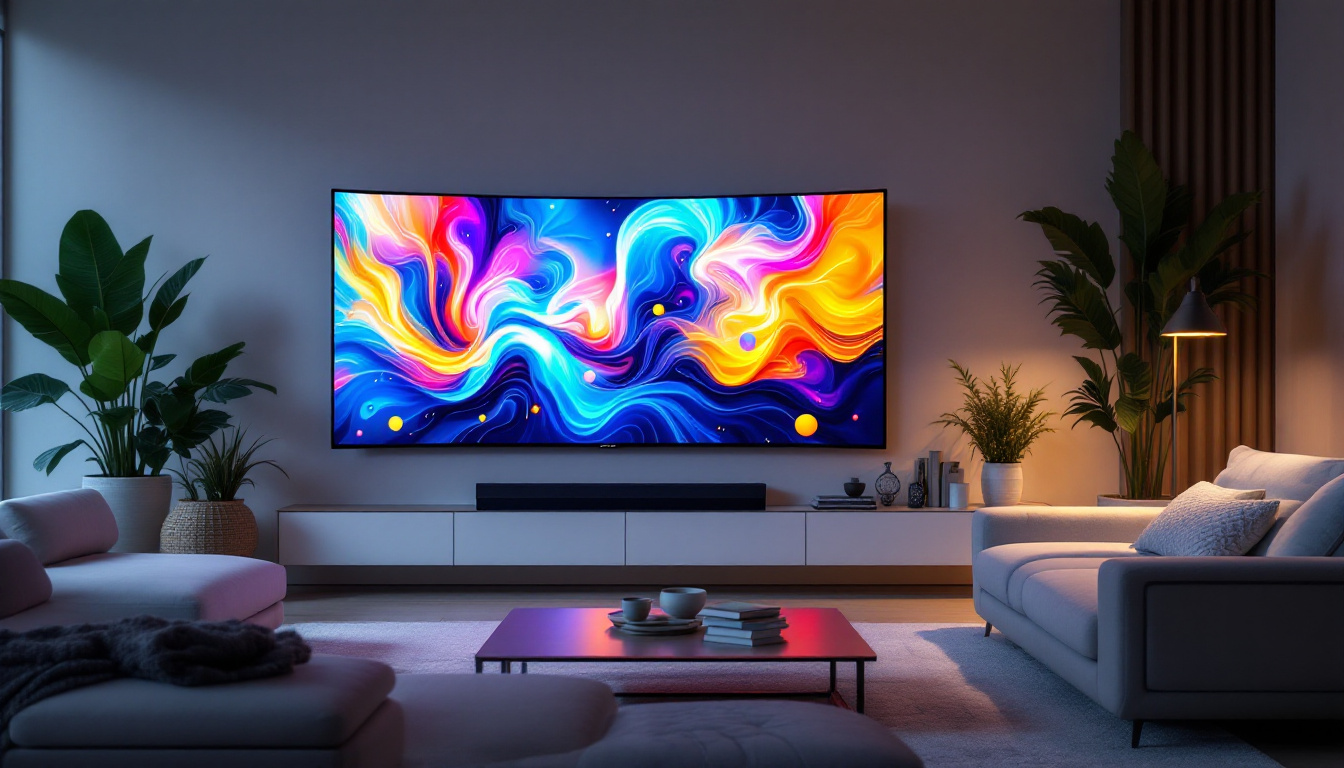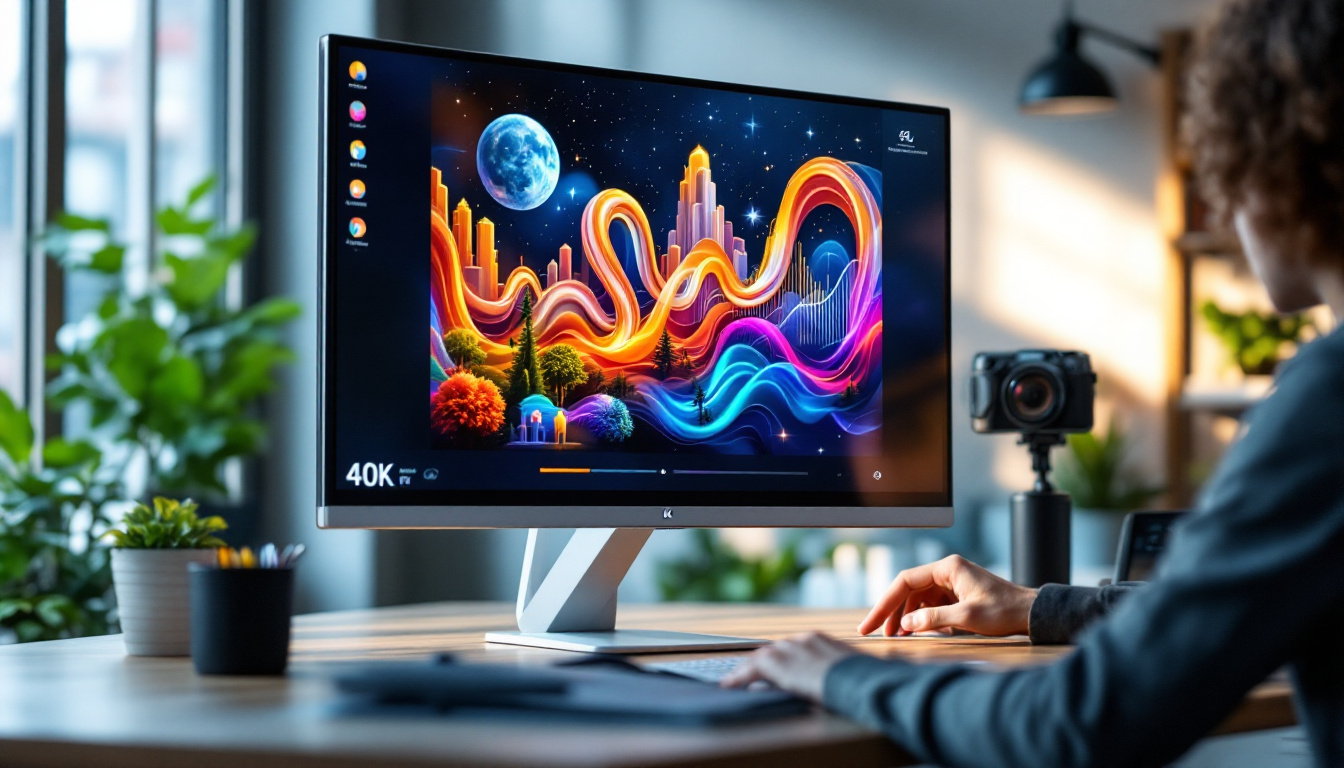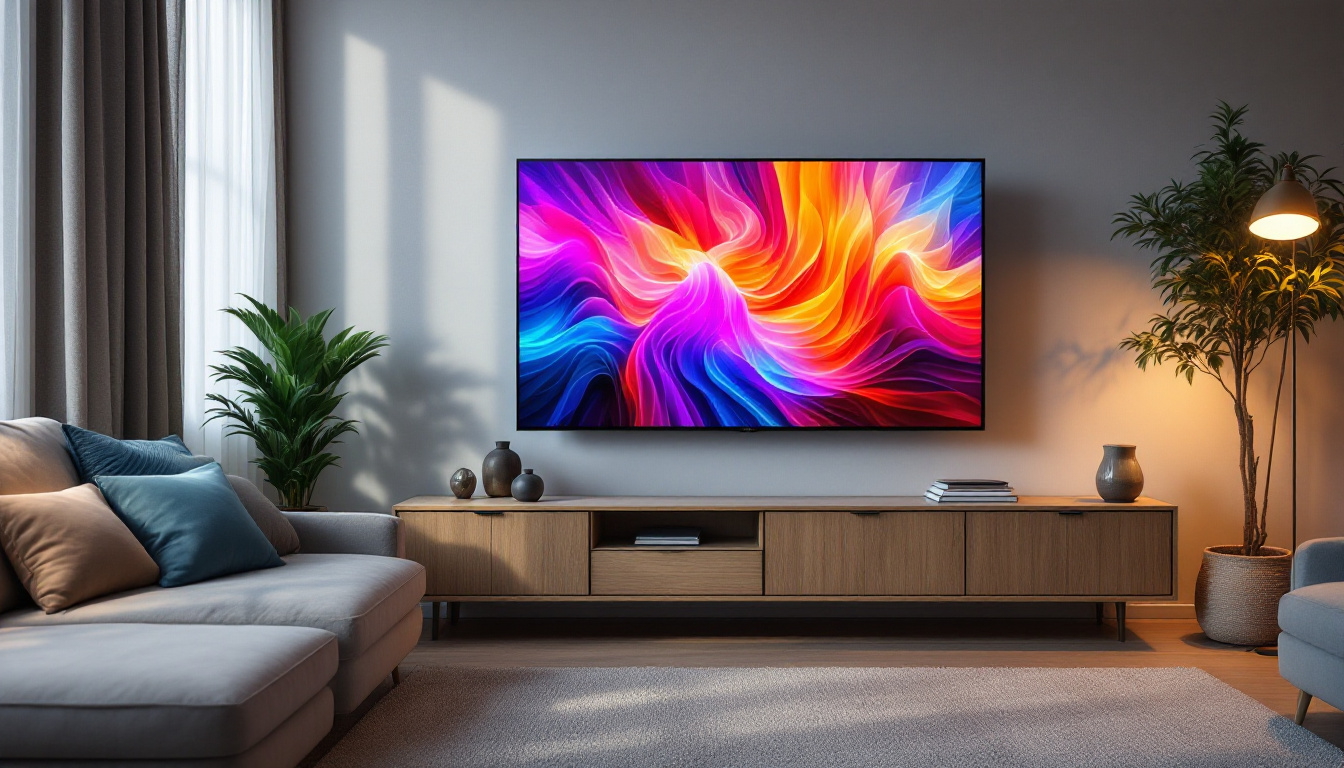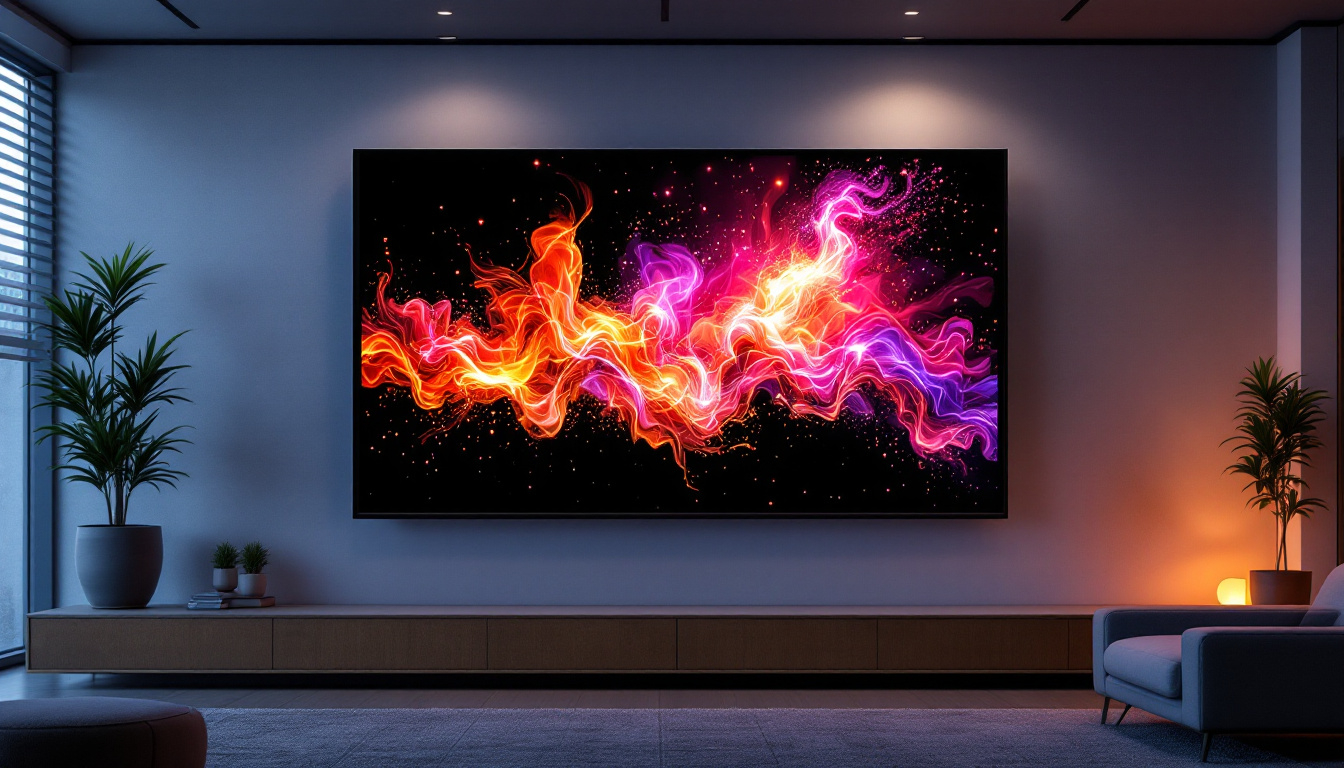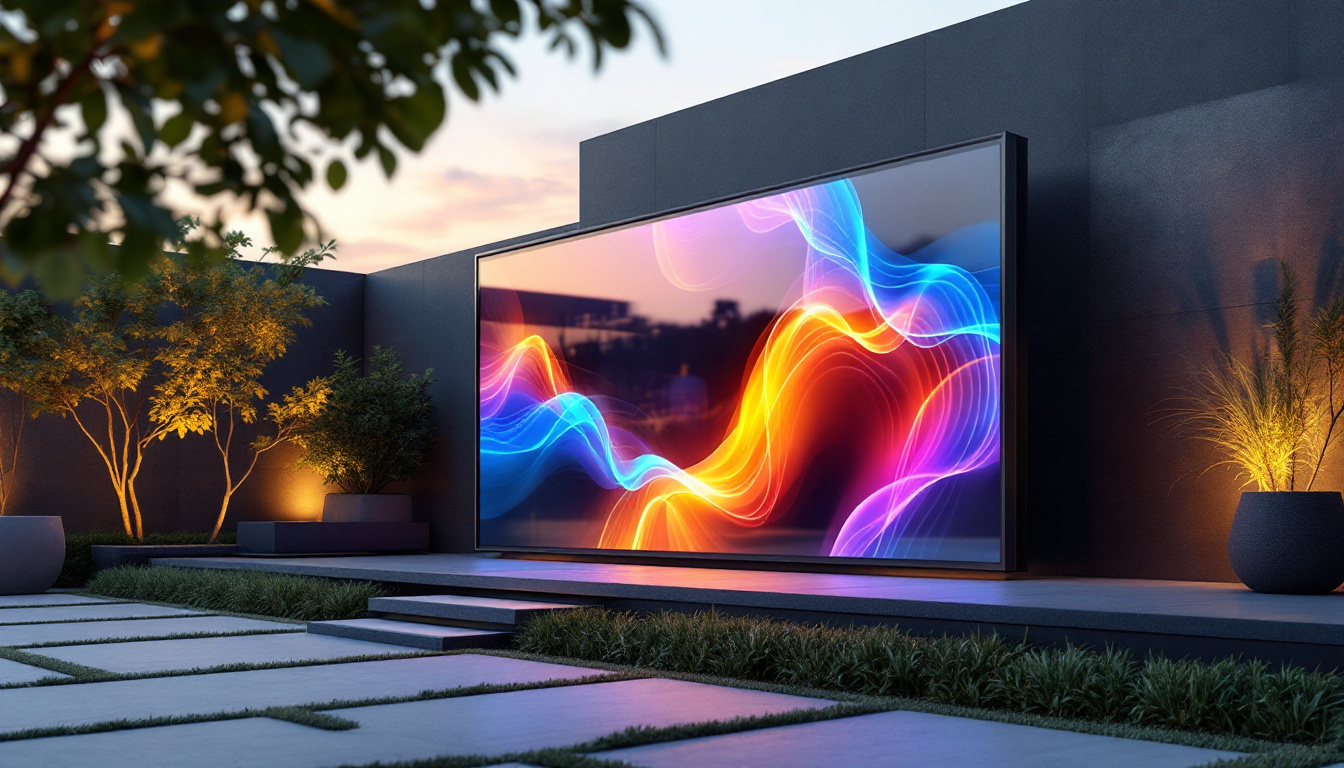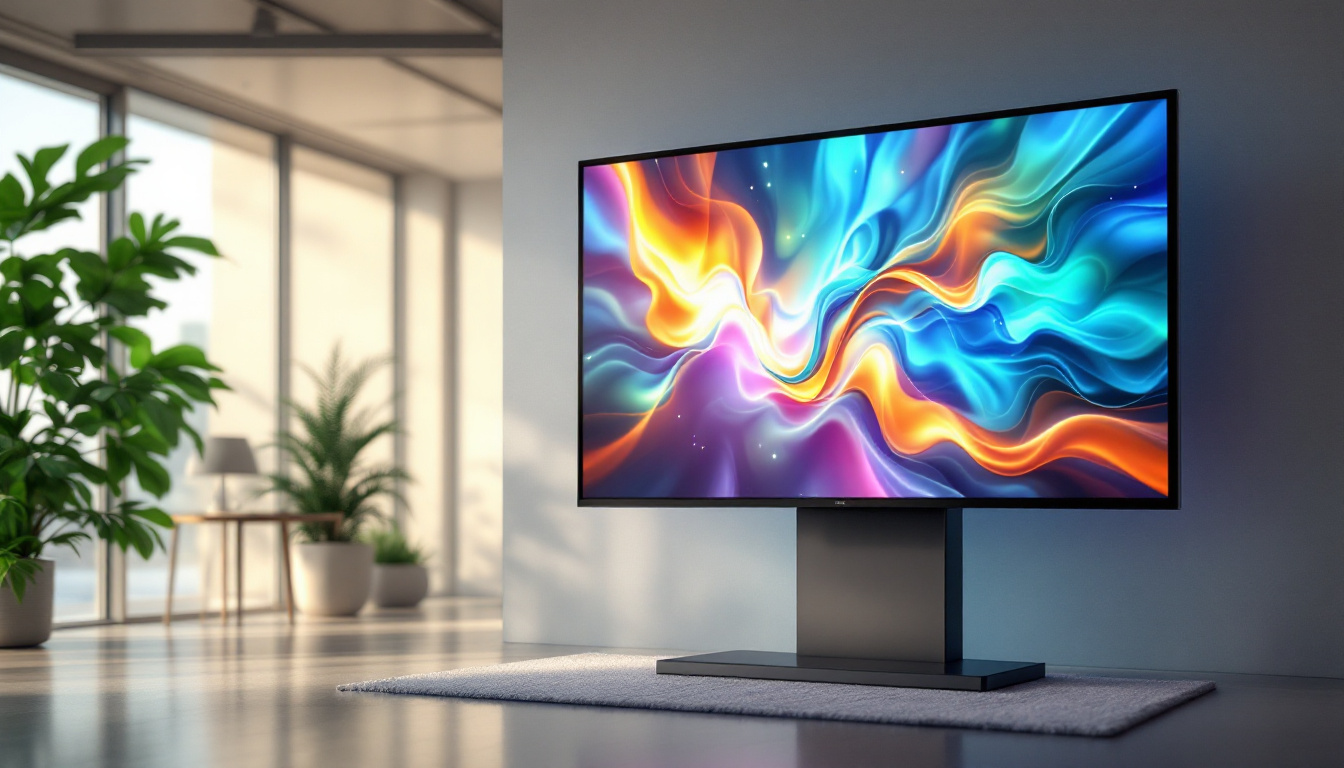In today’s fast-paced digital world, the demand for interactive and versatile display solutions has never been higher. One of the most innovative advancements in this field is the wireless touch display, particularly those utilizing LED technology. This article delves into the intricacies of wireless touch displays, exploring their functionality, benefits, applications, and the technology that powers them.
Understanding Wireless Touch Displays
Wireless touch displays are advanced screens that allow users to interact with digital content through touch gestures without the need for physical connections. These displays combine the functionality of traditional touchscreens with the convenience of wireless technology, enabling seamless connectivity and interaction. As technology continues to evolve, wireless touch displays are becoming increasingly prevalent in various settings, from classrooms to corporate boardrooms, enhancing the way we communicate and collaborate.
The Basics of Touch Technology
At the core of a wireless touch display is touch technology, which can be categorized into several types, including resistive, capacitive, and infrared. Capacitive touchscreens, which are commonly used in modern devices, rely on the electrical properties of the human body to detect touch. This technology allows for multi-touch capabilities, enabling users to perform gestures such as pinch-to-zoom and swipe. The responsiveness of capacitive screens makes them ideal for applications requiring precision, such as graphic design and gaming.
Resistive touchscreens, on the other hand, work by sensing pressure applied to the screen. While they are less common in high-end applications due to their lower sensitivity and clarity, they are still utilized in certain environments where durability and cost-effectiveness are priorities. For instance, resistive technology is often found in industrial settings or medical devices, where users may be wearing gloves or where the display needs to withstand harsh conditions. As a result, understanding the different types of touch technology is crucial for selecting the right display for specific use cases.
Wireless Connectivity
The wireless aspect of these displays is facilitated by technologies such as Wi-Fi, Bluetooth, and sometimes even NFC (Near Field Communication). This wireless connectivity allows users to connect their devices—such as laptops, tablets, or smartphones—to the display without the hassle of cables. This flexibility is particularly beneficial in collaborative environments, where multiple users may want to share content on a single screen. The ability to connect seamlessly enhances productivity, as users can quickly switch between devices and share information without interrupting the flow of a meeting or presentation.
Moreover, the integration of wireless touch displays with cloud services adds another layer of functionality. Users can access and display content stored in the cloud, allowing for real-time updates and collaboration on documents or presentations. This capability is especially useful in educational settings, where teachers can pull up resources from the internet and engage students in interactive learning experiences. Additionally, with the rise of remote work, wireless touch displays have become essential tools for virtual meetings, enabling participants to annotate and interact with shared content in real-time, regardless of their physical location.
Benefits of Wireless Touch Displays
The integration of wireless touch technology into LED displays offers numerous advantages that enhance user experience and operational efficiency. Here are some key benefits:
Enhanced Interactivity
Wireless touch displays foster a more engaging and interactive experience. Users can easily manipulate content, navigate through presentations, and collaborate in real-time, making them ideal for educational settings, business meetings, and creative brainstorming sessions.
This level of interactivity not only boosts engagement but also encourages participation from all users, making discussions more dynamic and productive.
Portability and Flexibility
One of the standout features of wireless touch displays is their portability. Without the constraints of cables, these displays can be easily moved from one location to another, making them suitable for various settings, from classrooms to conference rooms and even outdoor events.
This flexibility is further enhanced by the ability to connect multiple devices, allowing users to switch between different sources effortlessly. Whether it’s a laptop, smartphone, or tablet, users can present their content without the need for cumbersome setups.
Space-Saving Design
In an era where space is often at a premium, wireless touch displays offer a sleek and modern solution. The absence of wires and bulky connections contributes to a cleaner aesthetic, making them an appealing choice for contemporary environments.
Additionally, many models are designed to be wall-mounted or integrated into furniture, further optimizing space usage while maintaining functionality.
Applications of Wireless Touch Displays
The versatility of wireless touch displays allows them to be utilized across various industries and sectors. Their applications are as diverse as the technology itself.
Education
In educational settings, wireless touch displays have revolutionized the way teachers and students interact. These displays facilitate collaborative learning, allowing students to engage with the material actively. Teachers can share lessons, videos, and interactive content, enhancing the overall learning experience.
Moreover, the ability to connect multiple devices means that students can contribute their ideas and work on projects collectively, fostering teamwork and communication skills.
Corporate Environments
In the corporate world, wireless touch displays are becoming indispensable tools for presentations and meetings. They allow presenters to share their screens wirelessly, making it easier to showcase data, reports, and multimedia content without the hassle of connecting cables.
Furthermore, these displays can serve as digital whiteboards, enabling teams to brainstorm and visualize ideas in real-time. This functionality enhances collaboration and creativity, leading to more effective problem-solving and decision-making.
Healthcare
The healthcare sector also benefits significantly from wireless touch displays. In hospitals and clinics, these displays can be used for patient education, displaying medical information, and facilitating discussions between healthcare professionals and patients.
Additionally, their interactive nature allows for the demonstration of procedures or treatments, helping patients understand their care better. This can lead to improved patient satisfaction and outcomes.
Technology Behind Wireless Touch Displays
The technology that powers wireless touch displays is a combination of advanced hardware and software components. Understanding these elements is crucial for appreciating how these displays function effectively.
LED Technology
LED (Light Emitting Diode) technology is at the forefront of modern display solutions. LED displays are known for their vibrant colors, high brightness, and energy efficiency. Unlike traditional LCD displays, which rely on backlighting, LED displays use individual pixels that emit light, resulting in better contrast and image quality.
The use of LED technology in wireless touch displays enhances visual clarity, making them suitable for various lighting conditions. Whether in a brightly lit conference room or a dimly lit classroom, LED displays maintain their performance, ensuring that content is easily viewable.
Touch Sensor Technology
As mentioned earlier, touch sensor technology plays a vital role in the functionality of wireless touch displays. Capacitive touch sensors are the most common in modern displays, providing a responsive and accurate touch experience.
These sensors work by detecting changes in electrical fields when a finger touches the screen. This allows for quick and precise interactions, which are essential for applications that require real-time feedback, such as gaming or interactive presentations.
Software Integration
To fully leverage the capabilities of wireless touch displays, software integration is crucial. Many displays come equipped with built-in operating systems or compatibility with popular software platforms, enabling users to access a wide range of applications and tools.
This integration allows for seamless connectivity with cloud services, enabling users to access files and presentations from anywhere. Additionally, many displays support collaborative software, making it easier for teams to work together, regardless of their physical location.
Challenges and Considerations
While wireless touch displays offer numerous advantages, there are also challenges and considerations that users should keep in mind.
Connectivity Issues
One of the primary concerns with wireless technology is the potential for connectivity issues. Factors such as distance from the router, interference from other devices, and network congestion can impact performance. Users should ensure that their wireless network is robust and capable of supporting multiple devices simultaneously.
Additionally, it is essential to choose a display with reliable wireless technology to minimize these issues. Investing in high-quality equipment can help mitigate connectivity problems and ensure a smooth user experience.
Cost Considerations
Wireless touch displays can be a significant investment, especially for organizations looking to implement them on a larger scale. While the initial cost may be higher than traditional displays, the long-term benefits, such as increased productivity and collaboration, often justify the expense.
When considering a purchase, organizations should evaluate their specific needs and budget. It may also be worthwhile to explore financing options or leasing agreements to make the investment more manageable.
Maintenance and Support
Like any technology, wireless touch displays require maintenance and support to ensure optimal performance. Regular software updates, cleaning, and troubleshooting may be necessary to keep the display functioning correctly.
Organizations should consider establishing a support plan, whether through the manufacturer or an IT service provider, to address any issues that may arise. This proactive approach can help prevent downtime and ensure that the display remains a valuable asset.
The Future of Wireless Touch Displays
The future of wireless touch displays looks promising, with ongoing advancements in technology and increasing adoption across various sectors. As more organizations recognize the benefits of interactive displays, the demand for innovative solutions is likely to grow.
Emerging Technologies
As technology continues to evolve, new features and capabilities are expected to emerge in wireless touch displays. Innovations such as improved touch sensitivity, enhanced connectivity options, and integration with artificial intelligence could further enhance user experience.
Moreover, advancements in display technology, such as OLED (Organic Light Emitting Diode) and MicroLED, may provide even better image quality and energy efficiency, making wireless touch displays an even more attractive option.
Increased Adoption in Various Industries
As organizations increasingly prioritize collaboration and interactivity, the adoption of wireless touch displays is expected to expand across various industries. From education to healthcare and corporate environments, the versatility and functionality of these displays make them suitable for a wide range of applications.
As more businesses and institutions recognize the value of interactive technology, the market for wireless touch displays is likely to grow, leading to more competitive pricing and innovative solutions.
Conclusion
Wireless touch displays represent a significant leap forward in display technology, combining the benefits of touch interactivity with the convenience of wireless connectivity. Their applications span numerous industries, enhancing collaboration, engagement, and productivity.
As technology continues to advance, the future of wireless touch displays looks bright, with emerging innovations poised to enhance their capabilities further. For organizations looking to invest in modern display solutions, wireless touch displays offer a compelling option that meets the demands of today’s digital landscape.
Discover LumenMatrix’s Innovative LED Displays
Ready to elevate your interactive display capabilities? LumenMatrix is at the forefront of LED display technology, offering a vast array of solutions that bring your content to life. From stunning Indoor and Outdoor LED Wall Displays to dynamic Vehicle and Sports LED Displays, our products are designed to captivate and engage. Experience the future of visual communication with our All-in-One LED Displays, LED Transparent Displays, and more. Check out LumenMatrix LED Display Solutions today and transform the way you share your message with the world.



